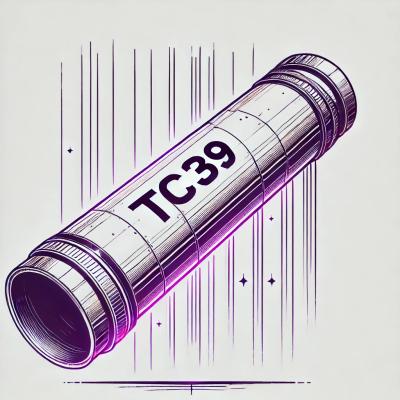
Security News
NVD Quietly Sweeps 100K+ CVEs Into a “Deferred” Black Hole
NVD now marks all pre-2018 CVEs as "Deferred," signaling it will no longer enrich older vulnerabilities, further eroding trust in its data.
@boulevard/react-components
Advanced tools
A component library written in React.
First follow the instructions for contributing here.
Storybook is a tool for building UI component libraries in isolation. Once you've bootstrapped the monorepo you will be able to launch Storybook by running the following command:
This command should be ran from the package root. You can also run this command from the repo root using lerna.
$ npm run storybook
Storybook should be used to explicitly show each state your component can be in. This provides three affordances:
Manual Visual Testing
A person can manually confirm that each state of your component looks right. In the future we can generate snap shots from our stories so that manual confirmation is only necessary if something changes.
You shouldn't worry about making your component interactive. Component interactions will be tested with automated tests. Again we are only concerned with what our component looks like in different states.
Transparency With Design
Our design team can visually inspect a component and use that in designs or prototypes.
Shared Development Environment
An engineer can easily pickup where another engineer left off without having to create a fresh development environment for interacting with components.
Note: This isn't your own personal playground for components. If you need a sandboxed environment for working on components you can name your private stories with the .private.stories file extension. For example, a file of the name foo.private.stories.tsx will not be checked into source control.
Tests are written using Jest and Enzyme. The CI pipeline is configure to fail unless a certain threshold of coverage is met. You can run the test with the following command:
This command should be ran from the package root. You can also run the tests from the repo root using lerna.
$ npm run test
Our testing strategies will evolve overtime as we evolve as engineers but I have identified two main testing criterial for interface components that I believe are a good start.
Testing Component Interactions
Interaction testing involves testing users actions as they would be performed by a user on a specific platform. You could think of these as a type of integration test because they are dependent on the platform. For example, testing that clicking a button triggers some output. These types of tests SHOULD utilize Platform APIs and assert that the component responds properly to the user action.
Note that a full platform environment is not strictly necessary. For example, jsdom is sufficient for most interactions in a browser environment.
Testing Component APIs
If your component exposes a public API then these methods should be tested. For pure functions writing these tests are usually straight forward because your output is always the same given the same input (think functional programming). That is why I would recommend always making your functions pure if possible.
The following tools are used by this package:
FAQs
React components.
The npm package @boulevard/react-components receives a total of 11 weekly downloads. As such, @boulevard/react-components popularity was classified as not popular.
We found that @boulevard/react-components demonstrated a not healthy version release cadence and project activity because the last version was released a year ago. It has 6 open source maintainers collaborating on the project.
Did you know?

Socket for GitHub automatically highlights issues in each pull request and monitors the health of all your open source dependencies. Discover the contents of your packages and block harmful activity before you install or update your dependencies.

Security News
NVD now marks all pre-2018 CVEs as "Deferred," signaling it will no longer enrich older vulnerabilities, further eroding trust in its data.

Research
Security News
Lazarus-linked threat actors expand their npm malware campaign with new RAT loaders, hex obfuscation, and over 5,600 downloads across 11 packages.

Security News
Safari 18.4 adds support for Iterator Helpers and two other TC39 JavaScript features, bringing full cross-browser coverage to key parts of the ECMAScript spec.